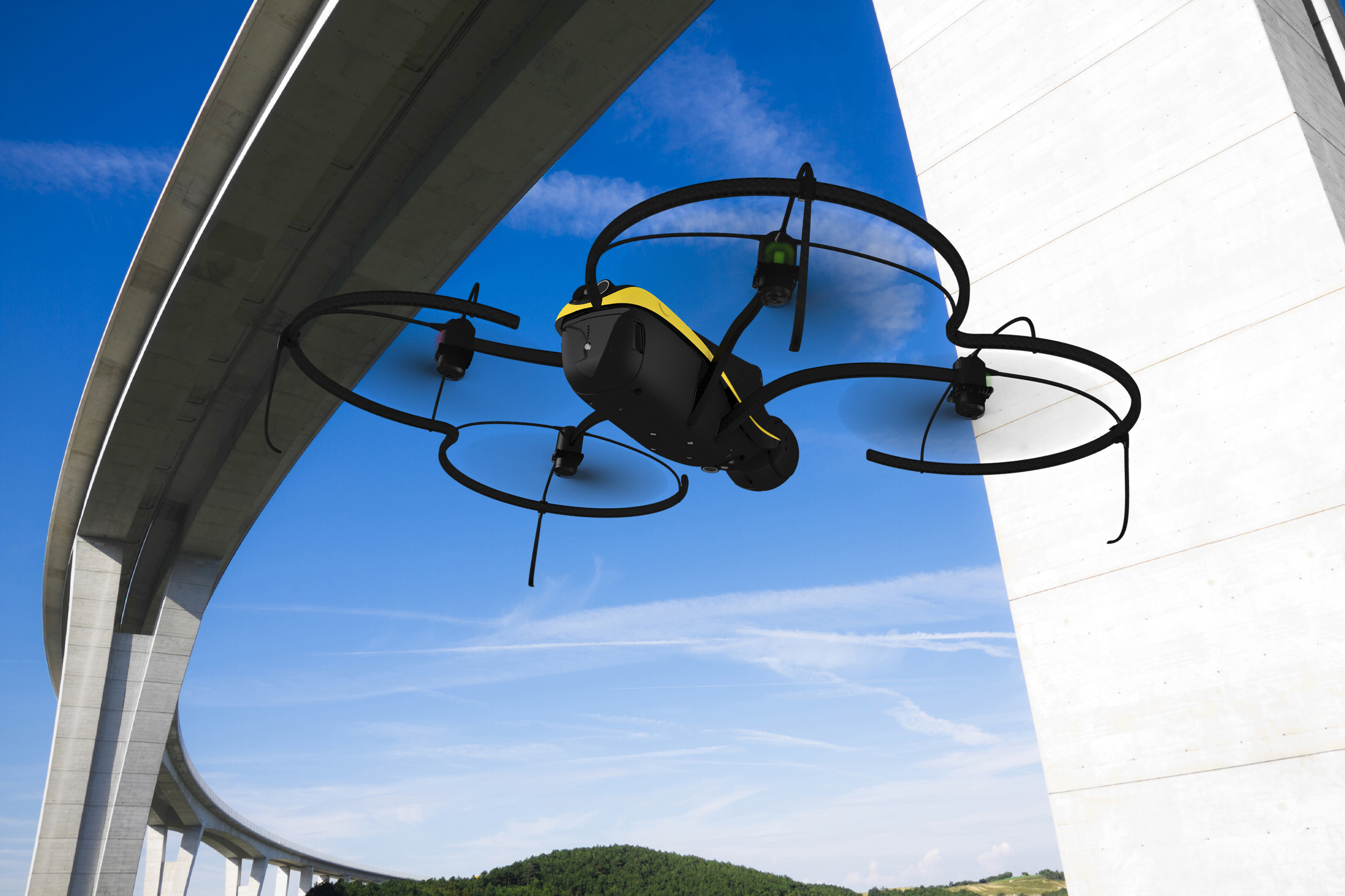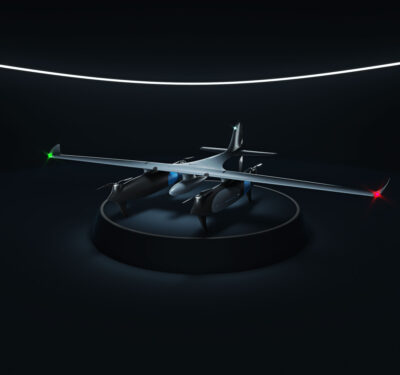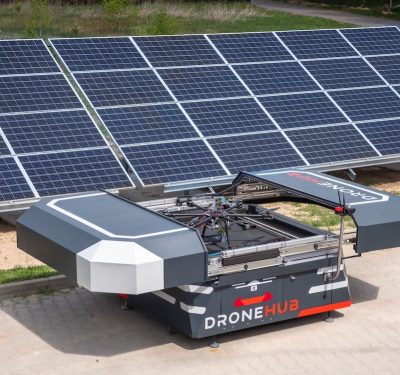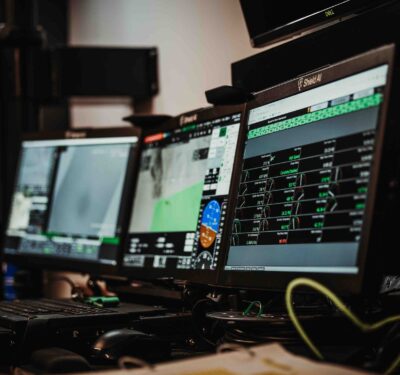 A committee of unmanned aircraft users and experts has recommended that some commercial drones be permitted to fly directly over people as long as they prose very limited, scientifically verified risks to those below.
A committee of unmanned aircraft users and experts has recommended that some commercial drones be permitted to fly directly over people as long as they prose very limited, scientifically verified risks to those below.
Allowing flights over people would make possible some applications including the use of unmanned aircraft by news organizations at news events. It would also markedly ease the practical operation of drones for uses like real estate photography, assessing farm fields and search and rescue.
The Small UAV Coalition applauded the committee for basing its recommendations on the risks involved, as opposed to other metrics.
“The ability to safely operate UAS over populated areas is critical to realizing the full potential of commercial and recreational UAS applications,” the Coalition said in a statement.
The committee’s recommendations would apply only to small unmanned aircraft—that is those under 55 pounds. Though the final rule for operating such UAS is expected this summer, its provisions will not include rules for operating over people. The new recommendations must go through a separate rulemaking, a slow process in which a rule is proposed by the FAA, which takes public comments on it before issuing a final version.
The committee, the Federal Aviation Administration’s Micro Unmanned Aircraft Systems (UAS) Aviation Rulemaking Committee (ARC), also recommended doing testing to set standards to guide any such flights, a procedure that could also take some time.
The ARC broke its recommendations down into four categories based on risk.
Aircraft falling into category number one, for drones that weigh 250 g or less, would be allowed to operate without restrictions beyond those to be set by the small UAS rule
“The ARC believes that the level of risk of injury posed by this category of UAS is so low that no performance standards and no operational restrictions beyond those imposed by the proposed part 107 are necessary,” the committee wrote.
Aircraft in categories two, three and four would face escalating restrictions depending upon the amount of energy delivered, and the related risk of serious injury should the drone strike someone—with those levels to be determined by the FAA.
Under Category 2, for example, the energy upon impact for the most likely failure scenarios should present a less-than-1-percent risk of causing serious injury with the pilot operating at least 20 feet above people’s heads and 10 feet away from them laterally. According to the group’s information that would correlate to approximately 12 joules per square centimeter 12 J/cm2. Information provided by Canada and the commercial space industry suggested that quadcopters weighing as much as 4 to 5 pounds would fall into this category.
Category 3 is intended for closed sites were flights over people would be incidental, for example in an area where drones are being used to determine crop health or measure mining production. Category 4 involves sustained flights over people and would require a risk mitigation plan. In both cases the risk of serious injury from an impact should be less than 30 percent for flights to be allowed, the committee said.
Companies would be allowed to demonstrate that a specific device qualifies for particular category through a declaration in a format determined by FAA.
“AUVSI is pleased to have been a part of the FAA’s Aviation Rulemaking Committee and we hope that the FAA Administrator will consider the committee’s recommendations,” said Brian Wynne, president and CEO of the Association for Unmanned Vehicle Systems International (AUVSI) in a statement. “This collaborative effort between industry and government demonstrates that we can continue to work together on increasingly complex issues involving UAS technology and establish risk-based regulations that appropriately balance the potential of UAS technology and safety.”
The Academy of Model Aeronautics (AMA), a recreational-drone organization that served on the committee, was not sold on allowing flights over people and does not intend to change its rules.
“While AMA is thankful for the opportunity to participate in the ARC process, we are concerned that allowing some unmanned aircraft to operate over and within close proximity to people will heighten the anxiety of a society that is already hypersensitive to the introduction of ‘drones’ into our communities,” said AMA’s Executive Director Dave Mathewson.
“AMA has a longstanding safety guideline that has been developed over the Academy’s 80-years of experience in managing the recreational unmanned aircraft (model aircraft) community that precludes flight over unprotected persons,” he said. “AMA’s safety code requires our members to stay at least 25 feet away from people and never intentionally fly above people or moving vehicles. AMA believes this is a sound and proven safety guideline and, in light of the ARC’s recommendation, does not foresee changing its policy for the recreational user.”






